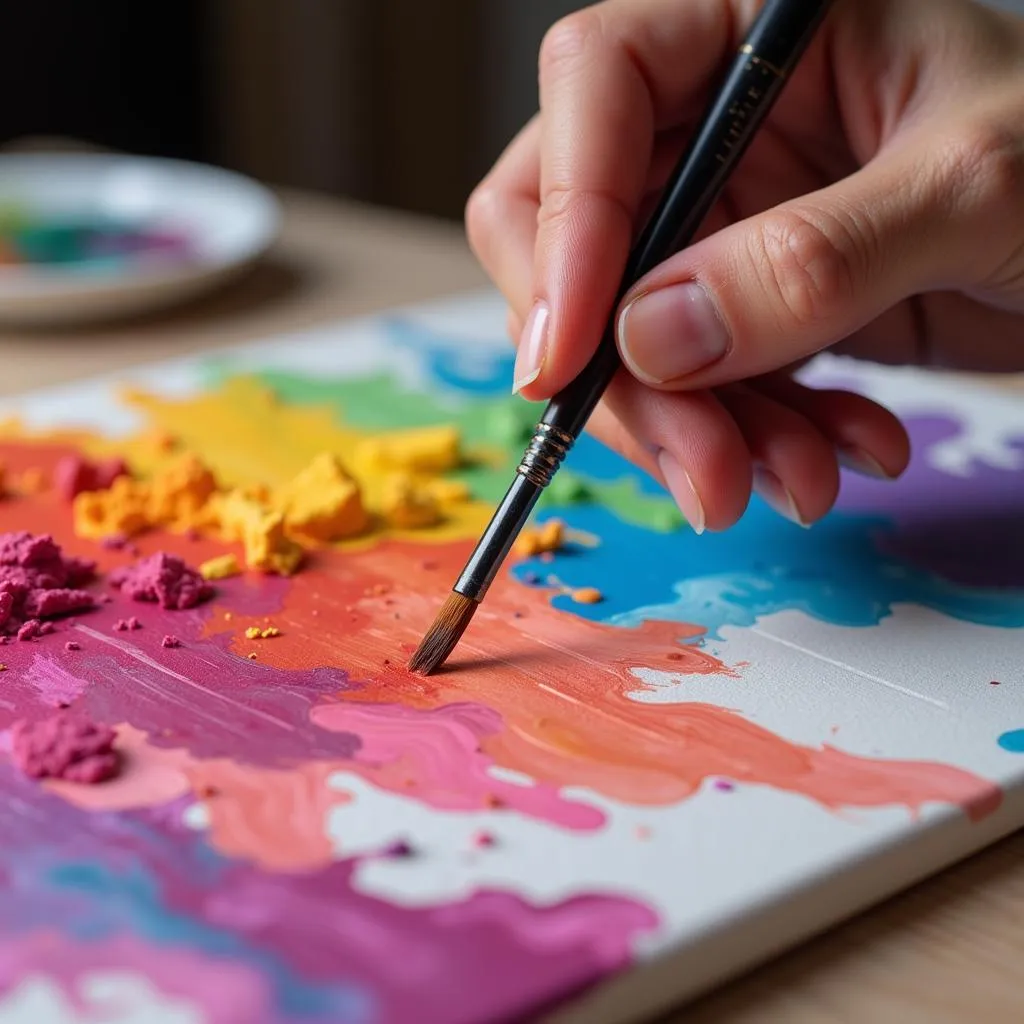How to Become an Art Lawyer: A Comprehensive Guide
Navigating the intersection of art and law can be complex, but for those with a passion for both, becoming an art lawyer offers a uniquely rewarding career path. This guide will explore the steps to becoming an art lawyer, outlining the necessary education, skills, and experience required to succeed in this specialized field.
Understanding the Role of an Art Lawyer
Art lawyers are legal professionals specializing in legal matters related to the creation, acquisition, and distribution of art. This niche practice area covers a broad spectrum of issues, including:
- Copyright Law for Artists: Protecting artists’ rights to their creations, including reproduction and distribution rights.
- Art Authentication and Valuation: Verifying the authenticity and determining the fair market value of artworks.
- Art Sales and Purchases: Negotiating and drafting contracts for the sale and purchase of art, ensuring legal compliance and protecting the interests of buyers and sellers.
- Art Finance and Investment: Advising collectors and institutions on art as an asset class, including tax implications and investment strategies.
- Museum Law: Providing legal counsel to museums on matters related to acquisitions, deaccessions, loans, and ethical considerations.
- Cultural Heritage Law: Addressing legal issues related to the preservation and repatriation of cultural property.
Steps to Becoming an Art Lawyer
1. Earn a Bachelor’s Degree: Aspiring art lawyers must first complete a bachelor’s degree from an accredited institution. While there is no specific undergraduate major required, a strong foundation in art history, business, or a related field can be beneficial.
2. Take the LSAT: The Law School Admission Test (LSAT) is a standardized test required for admission to accredited law schools.
3. Attend Law School: A Juris Doctor (JD) degree from an accredited law school is essential to practice law. During law school, students can tailor their education by selecting electives in art law, intellectual property, and entertainment law.
4. Gain Practical Experience: Internships and clerkships provide invaluable hands-on experience in the field. Seek opportunities with:
- Art law firms
- Auction houses
- Museums
- Galleries
- Artists’ rights organizations
5. Network with Professionals: Attending art law conferences, joining professional organizations, and connecting with experienced art lawyers can provide insights, mentorship, and potential job opportunities.
6. Pass the Bar Exam: To practice law, aspiring art lawyers must pass the bar exam in the state they wish to practice.
Essential Skills for Art Lawyers
Beyond legal expertise, successful art lawyers possess a unique combination of skills:
- Passion for Art and Law: A genuine interest in both disciplines is crucial to navigating this niche field.
- Strong Analytical and Research Skills: Art lawyers must be adept at researching complex legal issues and applying legal principles to unique situations.
- Excellent Communication and Negotiation Skills: Clear and persuasive communication is vital when drafting contracts, negotiating agreements, and advocating for clients.
- Business Acumen: Understanding the art market, including valuation, investment trends, and industry practices, is essential.
FAQ: Frequently Asked Questions About Becoming an Art Lawyer
1. What is the average salary for an art lawyer?
Salaries can vary widely based on experience, location, and employer. However, art lawyers often earn higher than average salaries due to the specialized nature of their work.
2. What are some challenges of being an art lawyer?
The field can be competitive, and cases often involve complex legal issues and high-value assets.
3. What are some tips for finding art law internships?
Network with professionals, research organizations specializing in art law, and contact law schools with art law programs.
Conclusion
Becoming an art lawyer requires a dedicated commitment to both the legal profession and the art world. By following these steps and developing the necessary skills, individuals passionate about the intersection of art and law can build rewarding careers protecting artists’ rights and navigating the legal complexities of the global art market.
Disclaimer: This guide provides general information and should not be considered legal advice. It is essential to consult with a qualified legal professional for guidance on specific legal matters.



